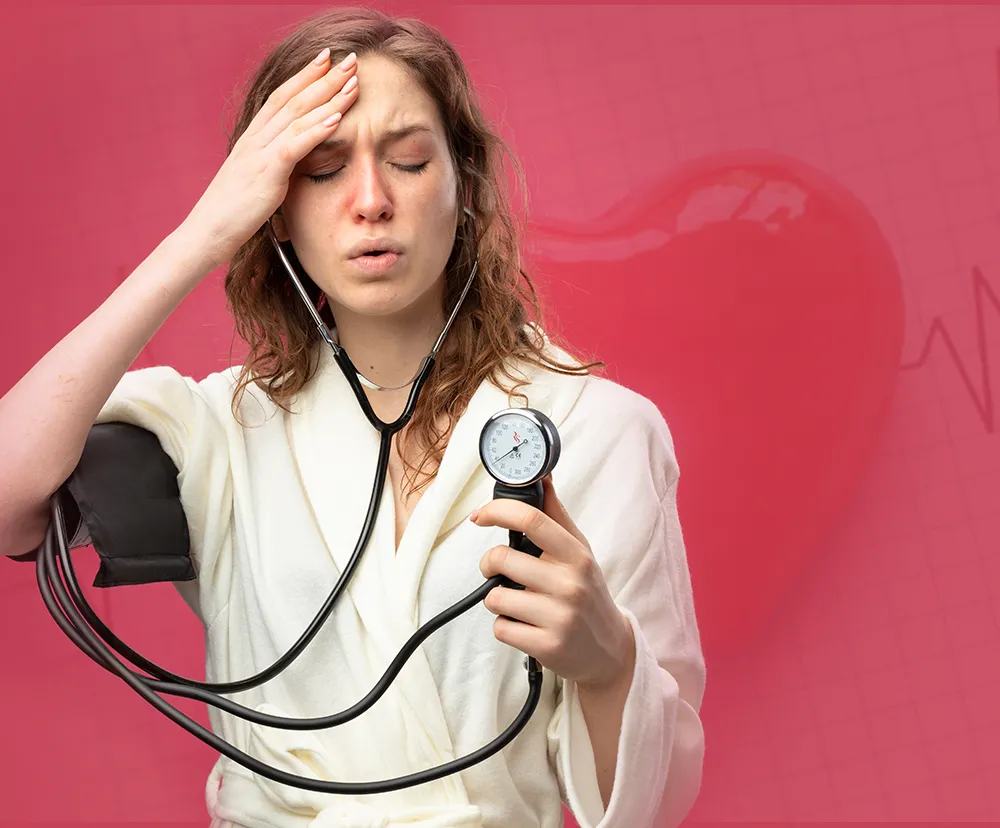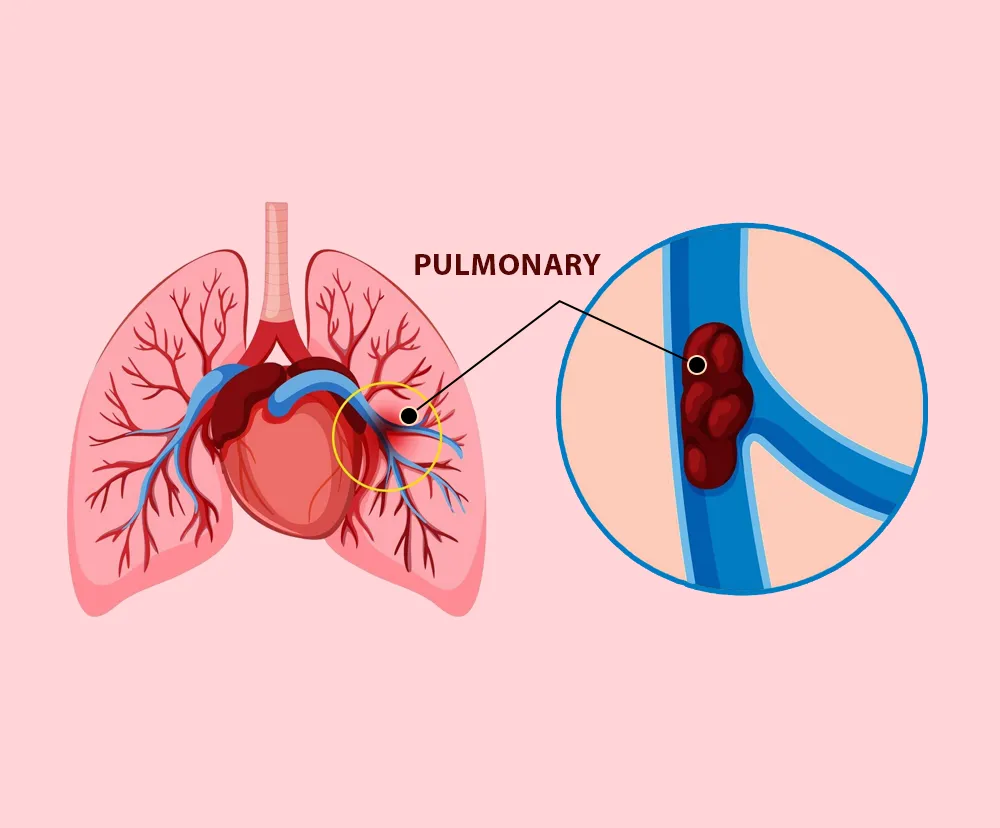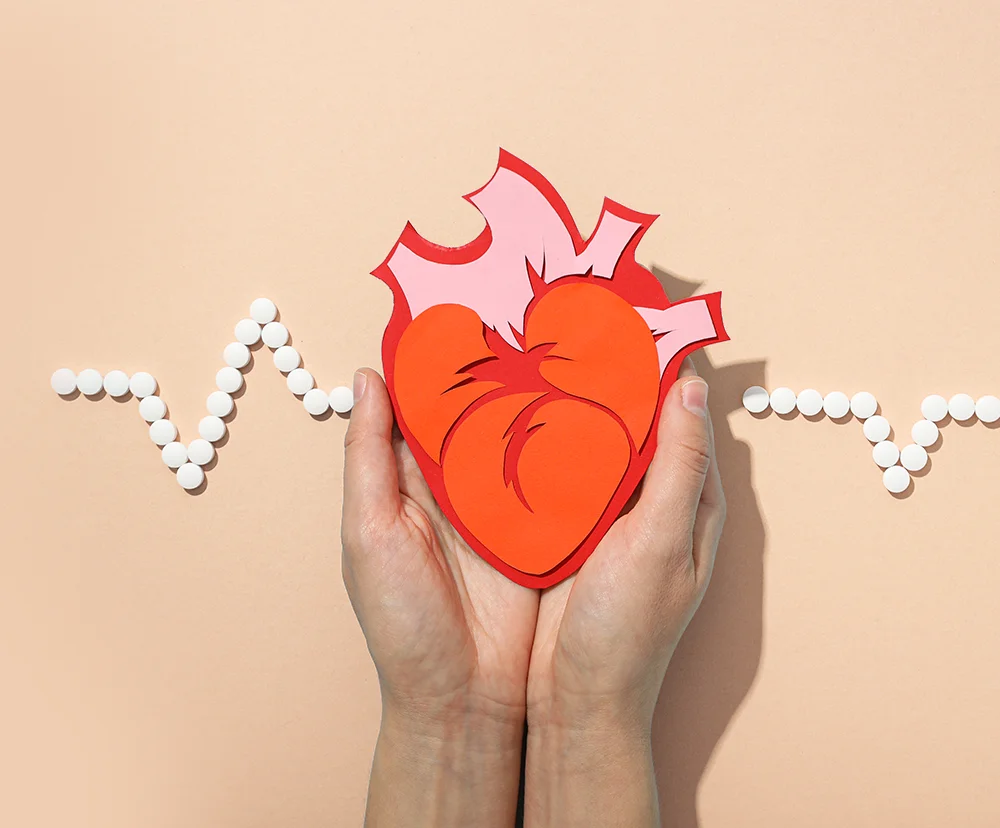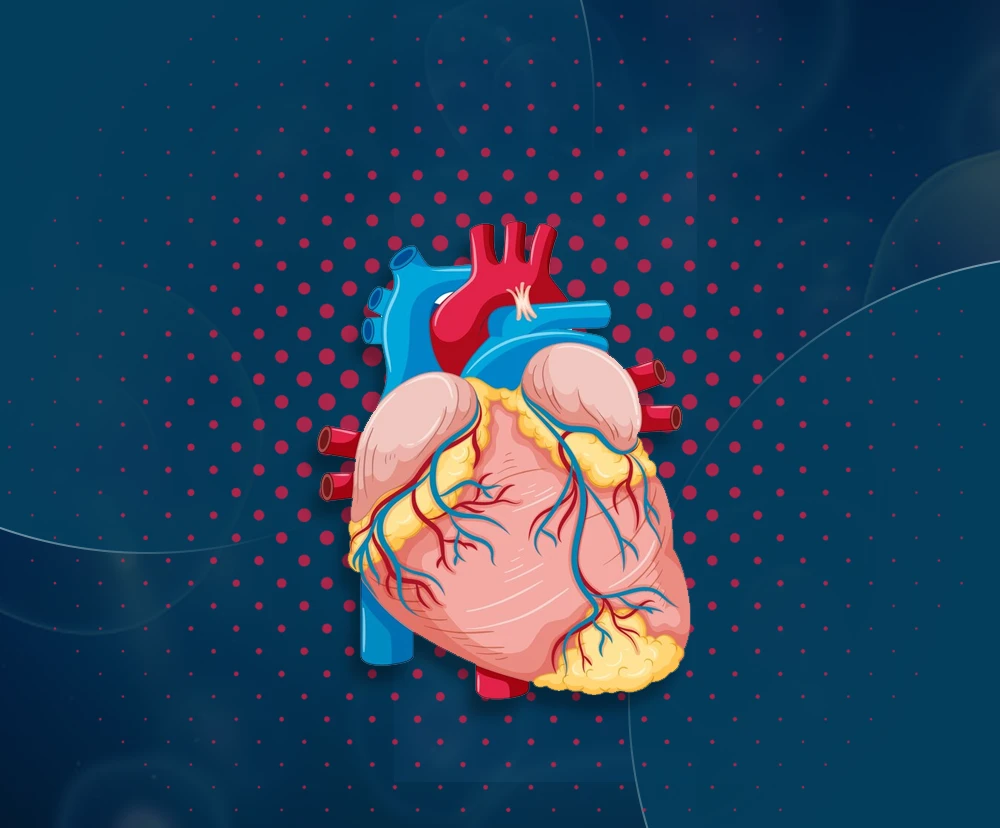Did you know the 10 main types of heart disease?
Did you know the 10 main types of heart disease?
Introduction
Most people assume that heart attack and heart failure are the same. However, there are differences that help in understanding the urgency of treatment. For instance, heart attack is an acute event, and requires emergency treatment. Heart failure is a chronic condition that needs to be managed to prevent it from worsening into an acute event. For a better understanding of heart health and conditions, let’s look at the many different types of heart disease.
What is the most common heart disease?
The most common heart disease is coronary artery disease among the different types of heart disease. The condition is a leading cause of death globally, as it leads to complications such as heart attacks, heart failure, and arrhythmias. Known commonly by its acronym CAD, it refers to the condition when the coronary arteries are narrowed or blocked. This narrowing or blocking is attributed to plaque buildup. Plaque comprises cholesterol, fatty deposits, and other cellular substances.
The reason for high prevalence of CAD is due to risk factors that are increasing globally. This includes high blood pressure, high cholesterol levels, diabetes and lifestyle choices. For instance, smoking, sedentary lifestyle, drinking, poor dietary preferences and high stress. Symptoms commonly linked with CAD include pain in the chest or discomfort. This is medically known as angina.
What are the main different types of heart disease?
Various types of heart disease adversely impact functioning of the heart and its structure. The main types of heart disease that are responsible for most hospitalization and treatment include the following:
- Coronary artery disease – As mentioned above, this is the most common type of heart disease.
- Heart failure – This condition is medically known as congestive heart failure, and is because the heart is unable to pump blood as required.
- Arrhythmias – This refers to irregular heartbeats due to abnormal electrical impulses in the heart.
- Valvular heart disease – This refers to damage to the heart valves, that are responsible for regulating blood flow through the heart.
- Cardiomyopathy – This condition refers to diseases of the heart muscle that where the heart becomes unable to pump blood as required.
- Congenital heart disease – This happens when the person has heart defects by birth, affecting the heart’s structure and functioning.
- Pericardial disease – This refers to a disease that affects the sac around the heart.
- Aortic disease – This refers to a condition affecting the main artery carrying blood from the heart.
- Endocarditis – This is an infection of the inner lining of the chambers of the heart and valves.
- Myocarditis – This refers to inflammation of the heart muscle, due to viral infections or other diseases.
Outline of four cyanotic heart disease types
Cyanotic heart diseases are actually congenital heart defects resulting in reduced oxygen levels in the blood. This, in turn causes a bluish appearance to the skin, or the lips, or nails. Let’s look at four types of heart disease belonging to the category of cyanotic heart conditions.
- Tetralogy of fallot refers to a complex condition with four different defects. Common symptoms include bluish appearance on skin, difficulty breathing, overall tiredness. This condition requires surgical intervention.
- Transposition of the great arteries occurs when the two main arteries are switched or transposed. This condition causes blood that has poor oxygen to circulate through the body. Symptoms include severe bluish appearance on skin after birth, difficulty breathing. This condition also requires surgical intervention.
- Truncus arteriosus is a rare condition, wherein a single blood vessel emerges from the ventricles instead of separate pulmonary artery and aorta. This causes reduced oxygen levels in the body, presents symptoms like bluish tint on skin, difficulty breathing, and tiredness. Surgery is required to separate the pulmonary artery and aorta.
- Tricuspid atresia refers to a condition where the tricuspid valve is absent or not developed. Due to this, there is reduced flow of blood to the lungs, causing bluish tint, difficulty breathing, and tiredness. This requires multiple surgeries to redirect blood flow.
Outline of various modern treatments on heart disease?
With all the information above, about different types of heart disease it is time to understand more about modern treatments for heart disease. Presently, due to continuous advancements, there are multiple options for treatment. This depends on the actual condition and severity of the condition.
- Medications include one or more of the following.
- Antiplatelet agents to prevent blood clots.
- Beta-Blockers to bring down heart rate and blood pressure levels.
- ACE inhibitors and ARBs to reduce blood pressure levels and bring down the strain on the heart.
- Statins to reduce cholesterol levels.
- Diuretics to lower fluid build-up.
- Calcium channel blockers to relax blood vessels and reduce blood pressure levels.
- Nitrates to offer relief from chest pain.
- Procedures are used as interventions in some cases.
- Angioplasty and stenting to open narrowed arteries and keep the artery open.
- Cardiac catheterization to assess and treat heart conditions in some instances.
- Ablation therapy to destroy targeted areas of heart tissue that are responsible for abnormal heart rhythms.
- Trans catheter aortic valve replacement to replace a narrowed aortic valve without resorting to open-heart surgery.
- Surgical treatments are different from interventions mentioned above.
- Coronary artery bypass grafting to replace a blocked artery with a healthy blood vessel from another part of the body.
- Heart valve repair or replacement of damaged heart valves with mechanical or biological valves.
- Heart transplant to replacing a diseased heart with a healthy heart from a donor.
- Left ventricular assist device to assist a weakened heart pump blood with a mechanical pump implant.
- Advanced therapies are the latest options used as part of treatment.
- Gene therapy to introduce genes to repair the heart tissue.
- Stem cell therapy to regenerate damaged heart tissue.
- Implantable devices to regulate heartbeat.
- Implantable cardioverter-defibrillators to correct life-threatening arrhythmias.
- Cardiac resynchronization therapy, a pacemaker like device to improve the heart’s efficiency.
- One of the most important options presently available is genetic testing. This helps people detect possible future or lifetime risk of heart disease due to genetic reasons. For instance, a person may be prone to risk of heart diseases or conditions due to genetically inherited conditions or due to defects by birth. Advanced genetic testing facilities are presently available in Tamil Nadu and tests at these facilities help in unearthing such risks.
- Other options include lifestyle modifications such as dietary changes, exercise regimen, quitting smoking and managing stress.
Related Blogs :

Do any of these risk factors for heart disease apply to you?
Do any of these risk factors for heart disease apply to you? Introduction Measures required for coronary heart disease prevention. What is the connection between diabetes and...


Why it is important to treat rheumatic heart disease with a sense of urgency?
Why it is important to treat rheumatic heart disease with a sense of urgency? Introduction What is pulmonary heart disease? What is rheumatic valvular heart disease? What...

Education: Bachelor of Pharmacy (B.Pharm) from the Tata Institute of Social Sciences (TISS), Mumbai Experience: Agarwal is a seasoned pharmacist with over 7 years of experience in the pharmaceutical field. She has worked in various settings, including hospital pharmacies and community clinics, where she has excelled in medication management, patient counseling, and clinical support. Agarwal is known for her expertise in drug therapy optimization and patient safety. In addition to her practical experience, she contributes to health journalism, focusing on pharmaceutical advancements and health policy, and is involved in research projects aimed at improving medication practices and health outcomes. is known for her expertise in drug therapy optimization and patient safety. In addition to her practical experience, she contributes to health journalism, focusing on pharmaceutical advancements and health policy, and is involved in research projects aimed at improving medication practices and health outcomes.


